Description
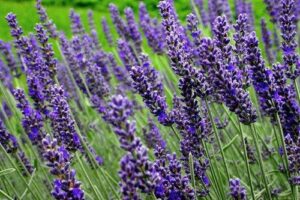 Lavandula angustifolia ‘Munstead’
Lavandula angustifolia ‘Munstead’
English Lavender
USDA Zone: 4-9
Lavender is a low-growing shrub, native to the Mediterranean region. The fragrant flowers and foliage make it a favorite for herb gardens and in the perennial border. Will also grow fine in tubs or containers, but in colder regions the plants may then need shelter for the winter. This reliable, compact selection has grey-green foliage and bright lavender-blue flowers. Prune lightly in early spring, no harder than 4 inches. Lavender MUST have good drainage in order to avoid root rot problems. Consider growing in a raised bed or rock garden. Drought tolerant once established.
Sun Exposure Full Sun
Soil Type Normal or Sandy
Soil pH Neutral or Alkaline or Acid
Soil Moisture Dry
Care Level Easy
Flower Color Deep Blue
Blooming Time Early Summer. Mid-Summer, Late Summer
Foliage Color Grey Green
Plant Uses & Characteristics
Accent: Good Texture/Form Alpine & Rock
Attracts Butterflies Attracts Hummingbirds
Border Containers
Culinary Cut Flower
Deer Resistant Dried Flower
Drought Tolerant Edging
Rabbit Resistant Evergreen
Fragrant Massed
Height 12-16 inches
Spread 12-23 inches
Foot Traffic None
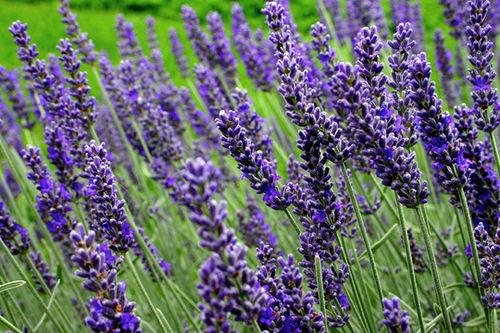
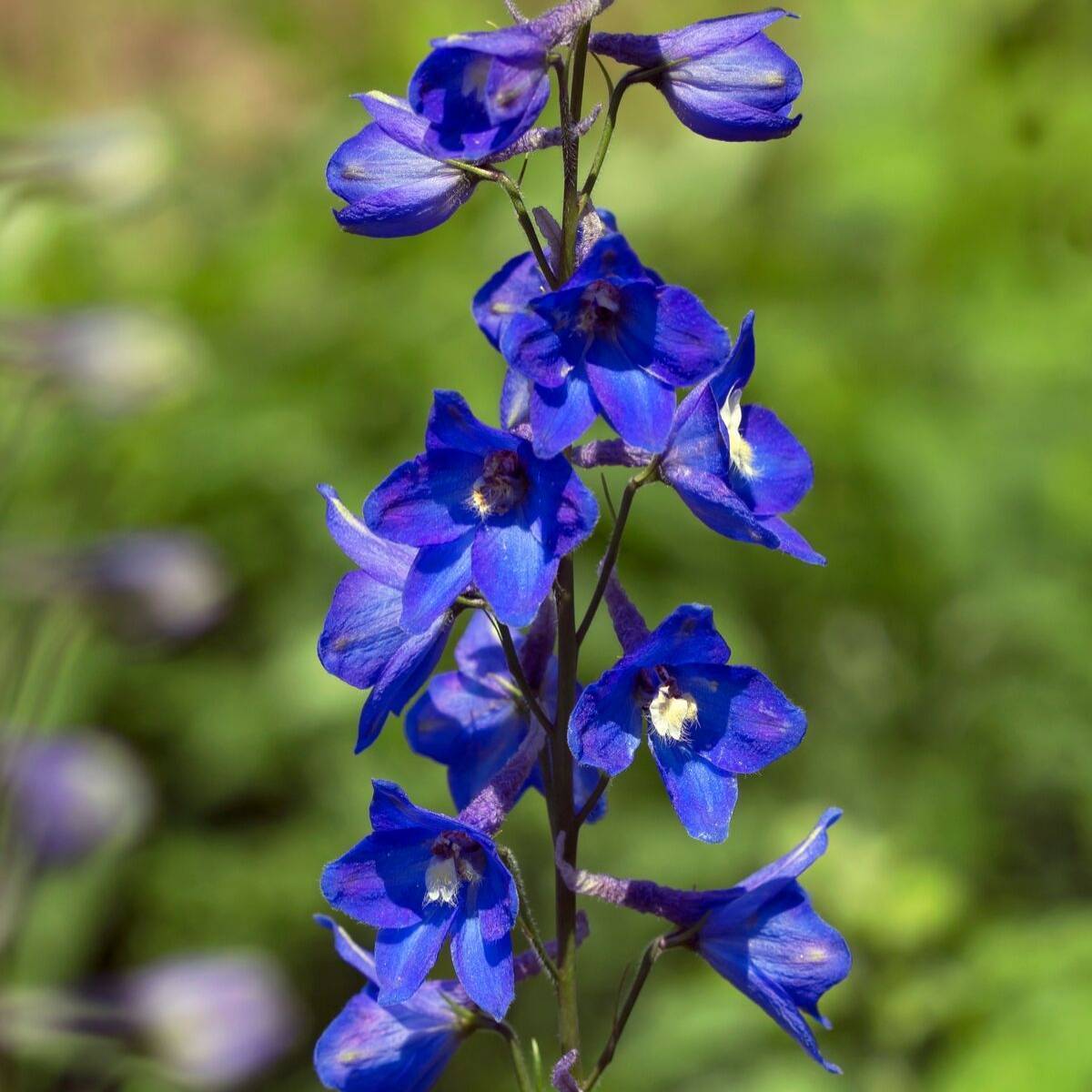
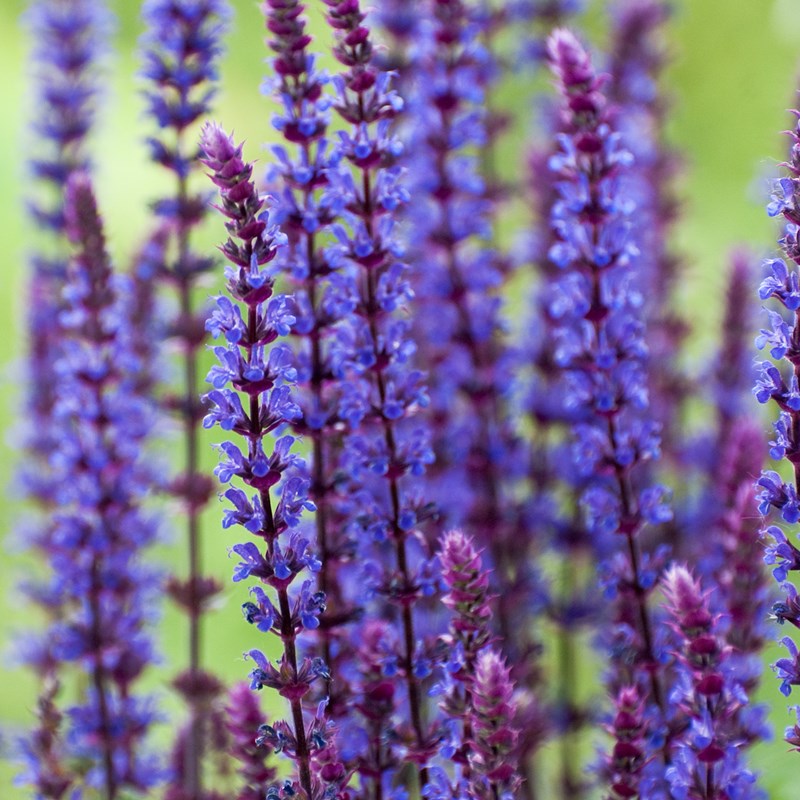
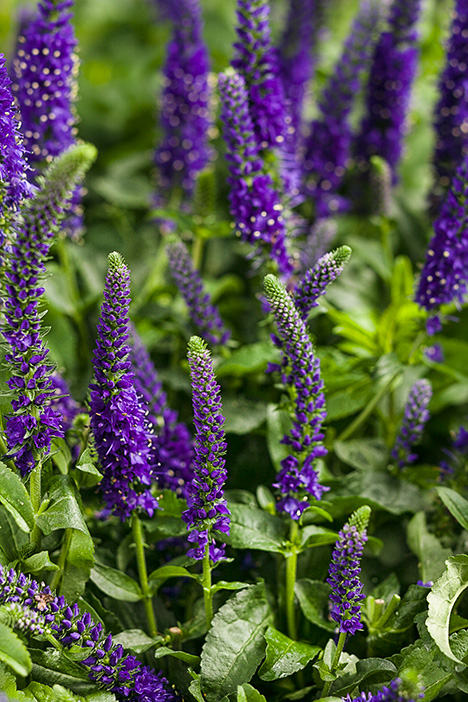
Reviews
There are no reviews yet.